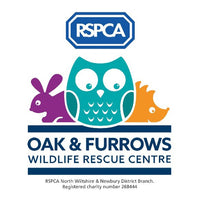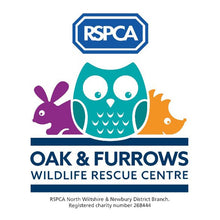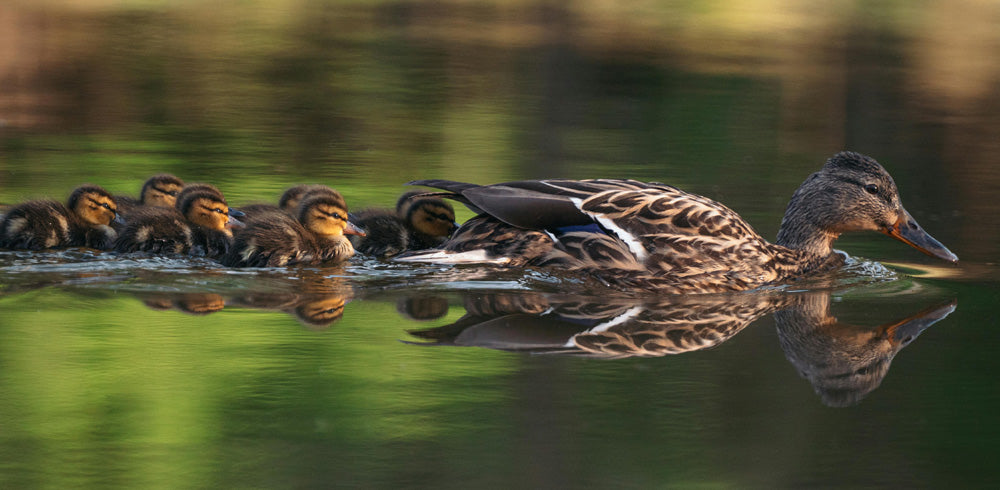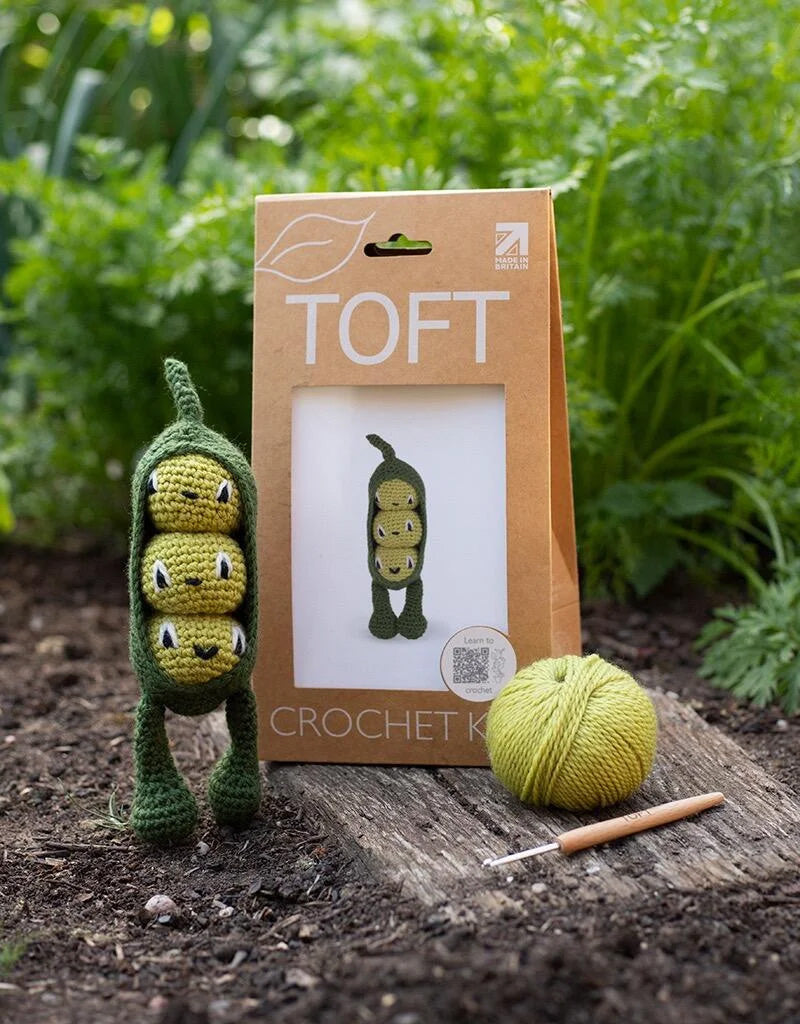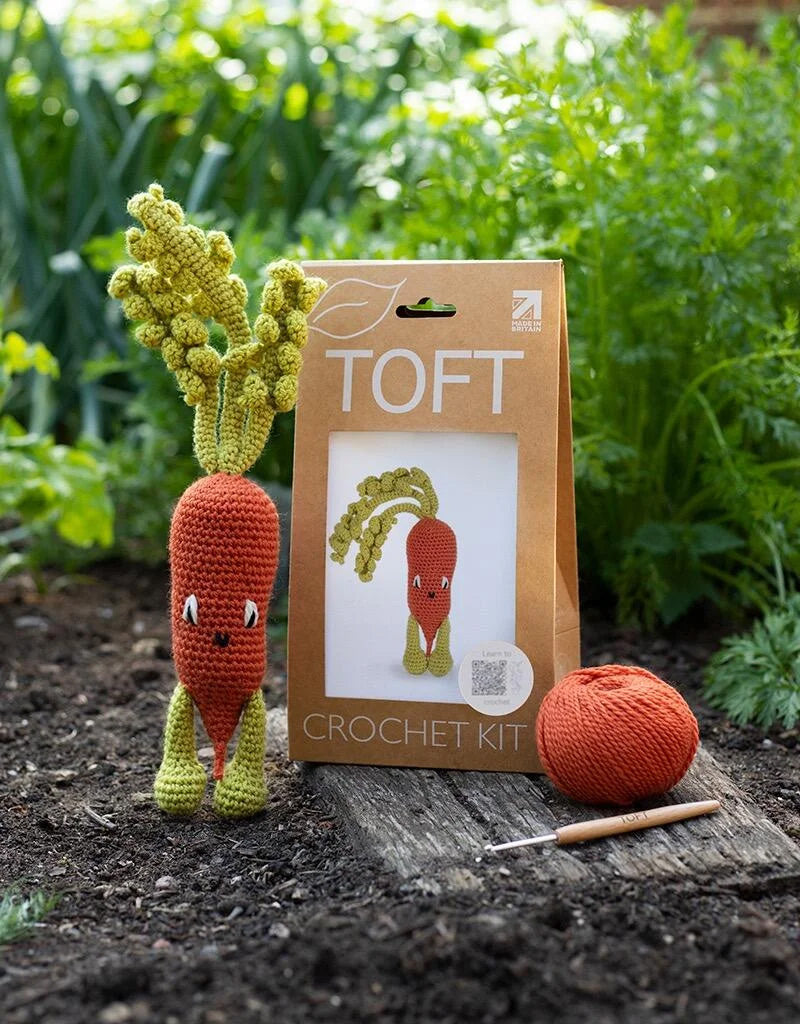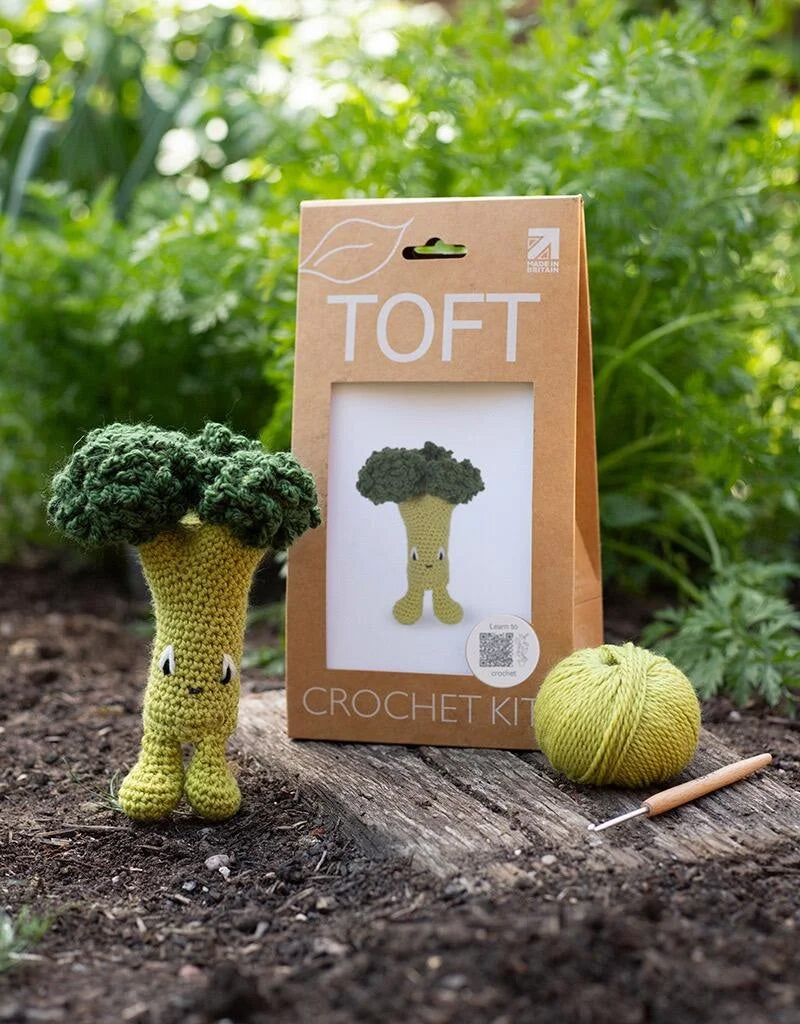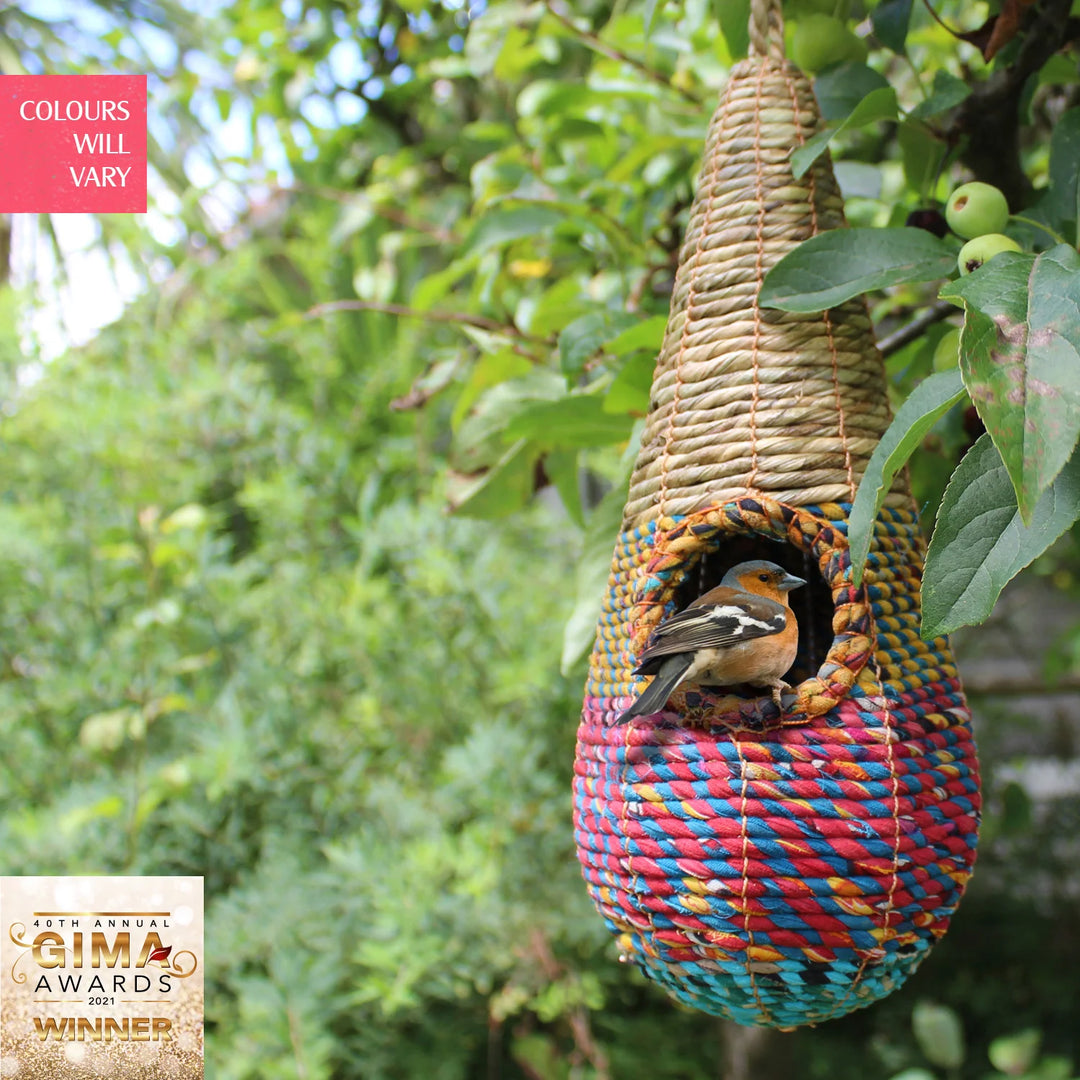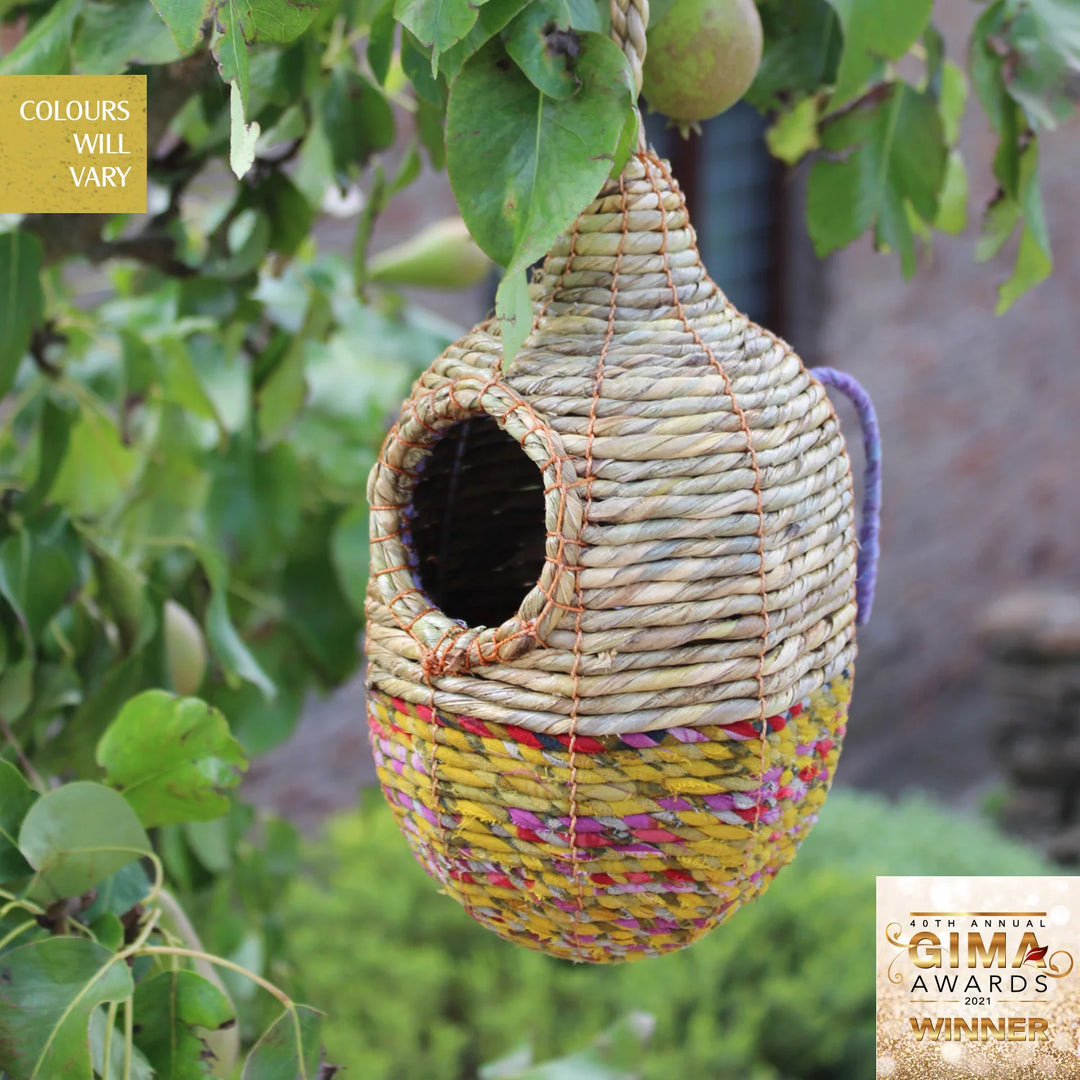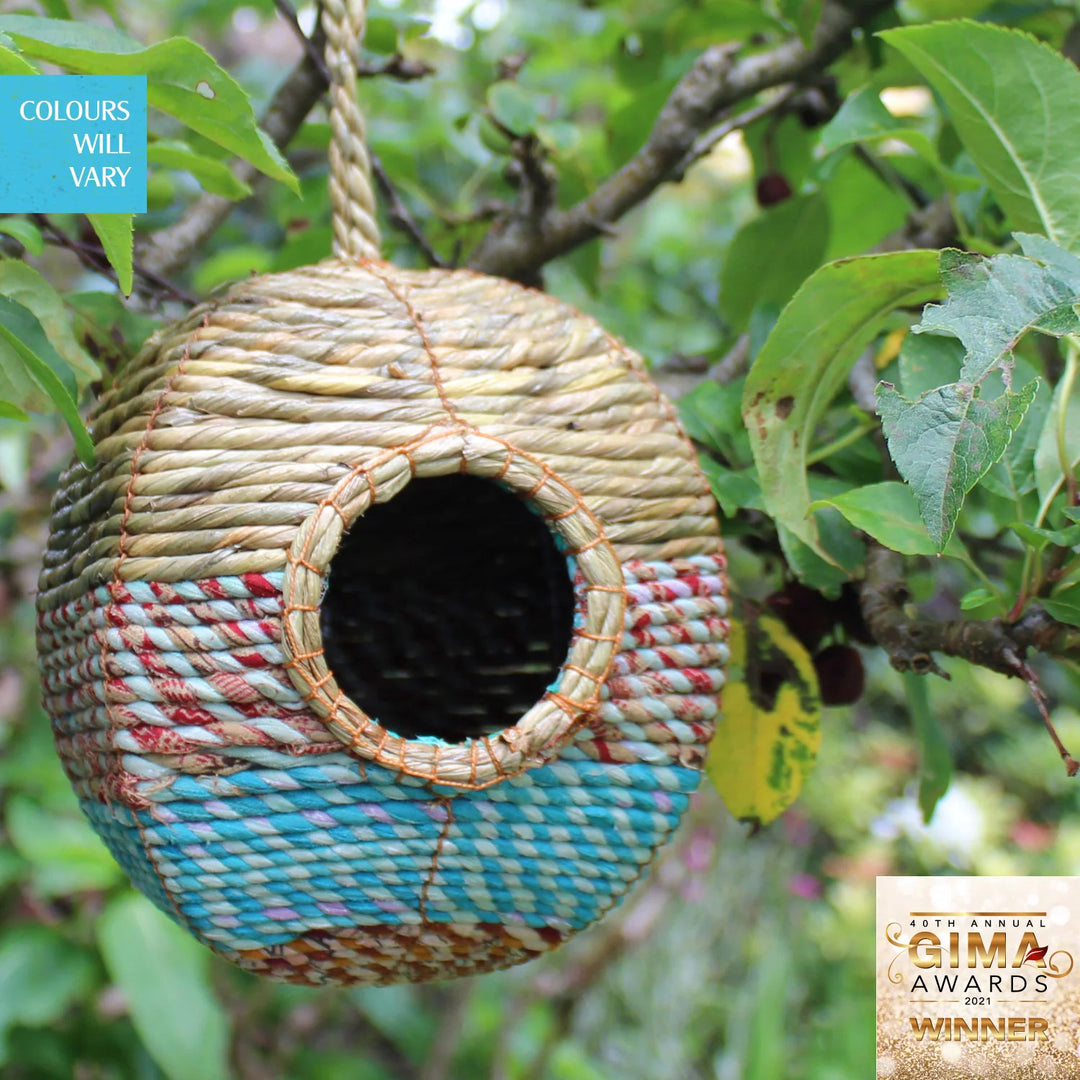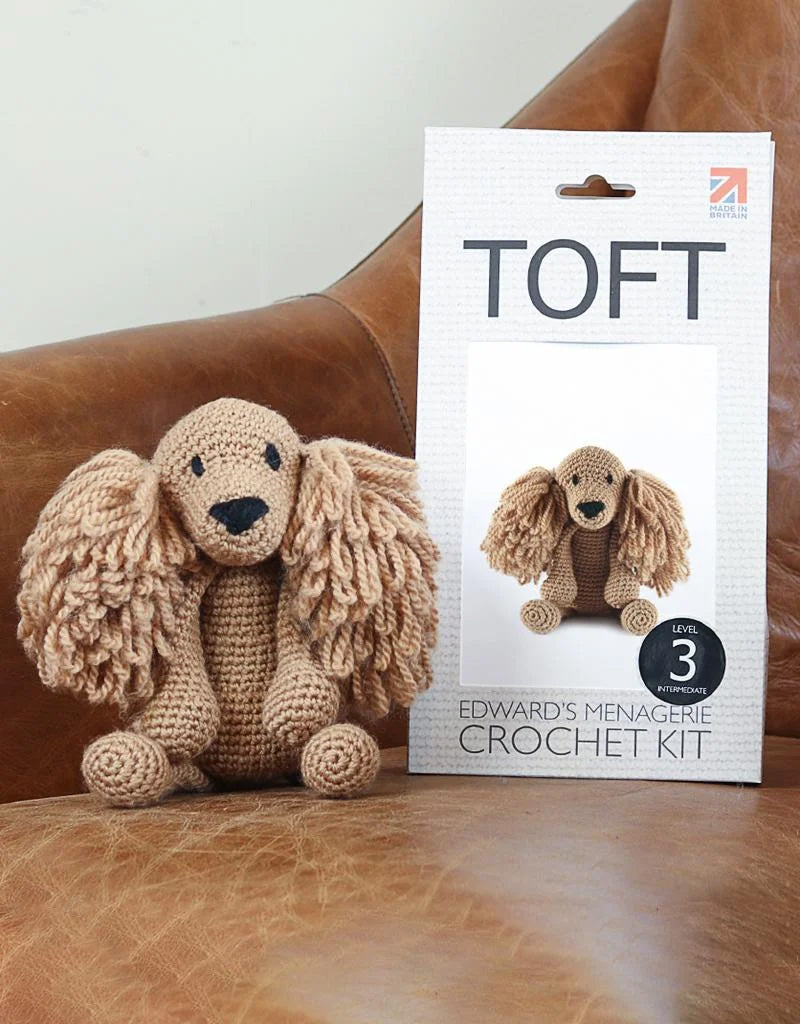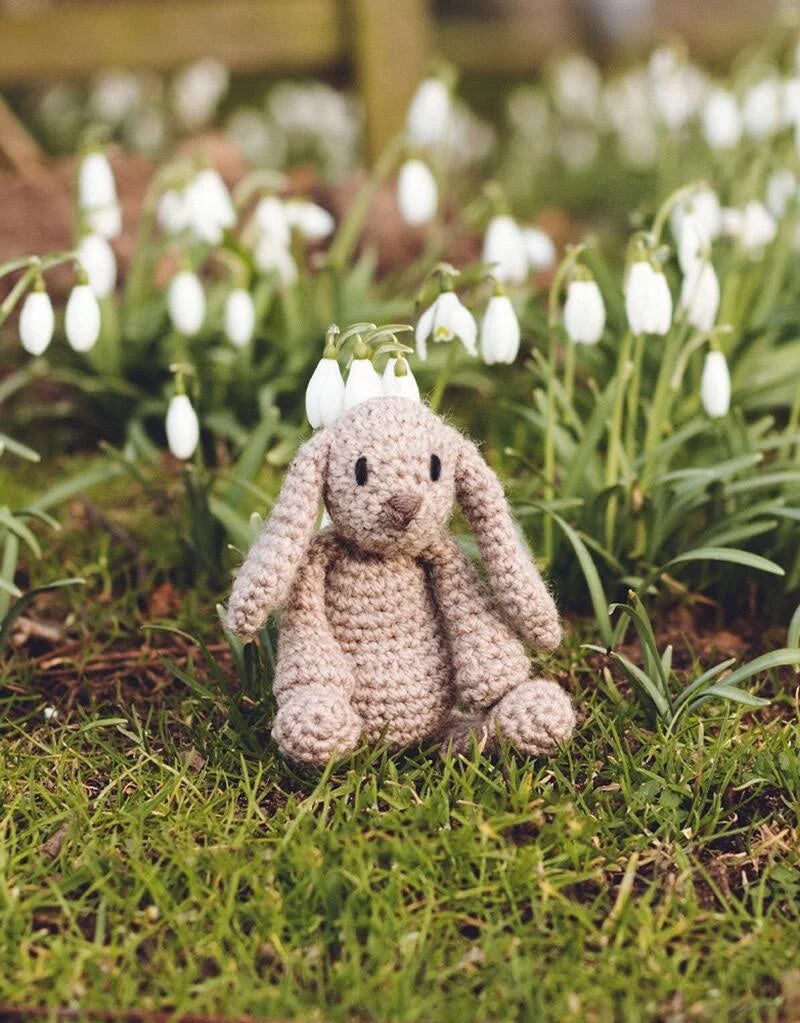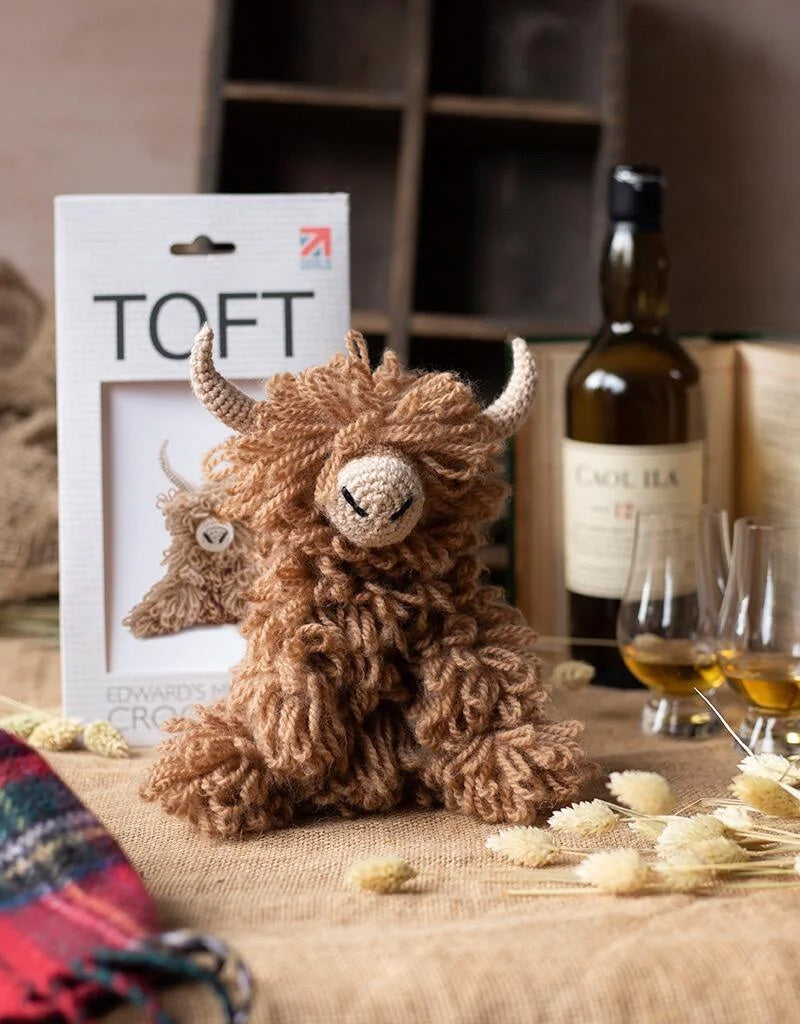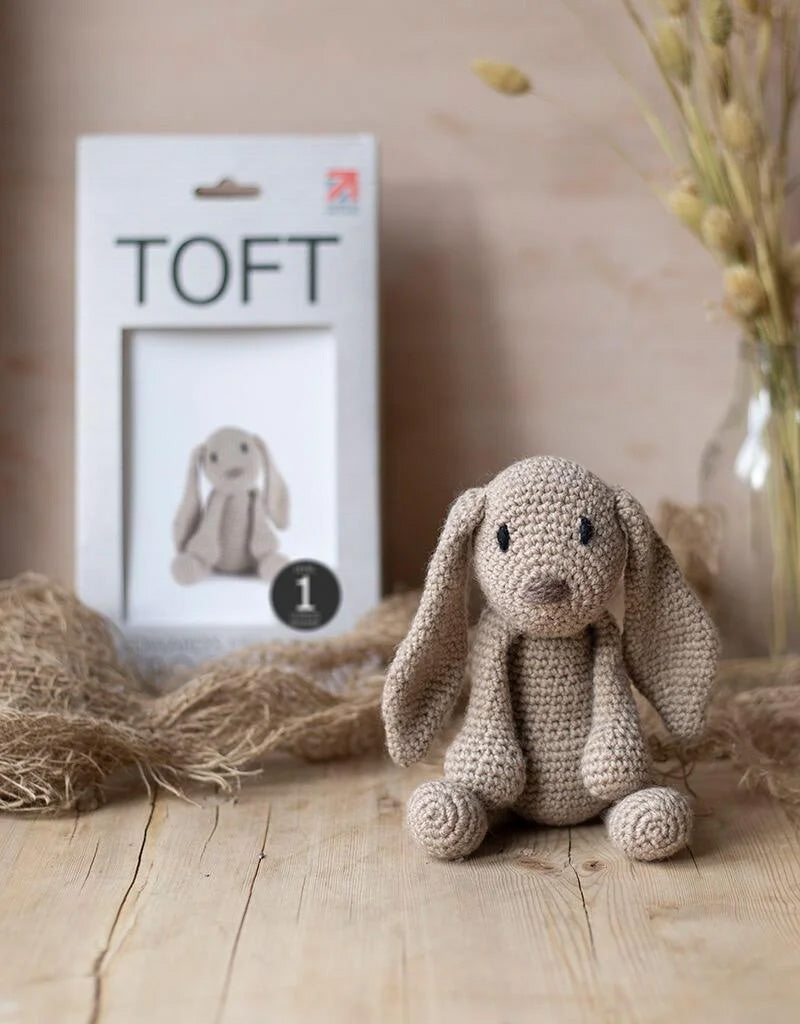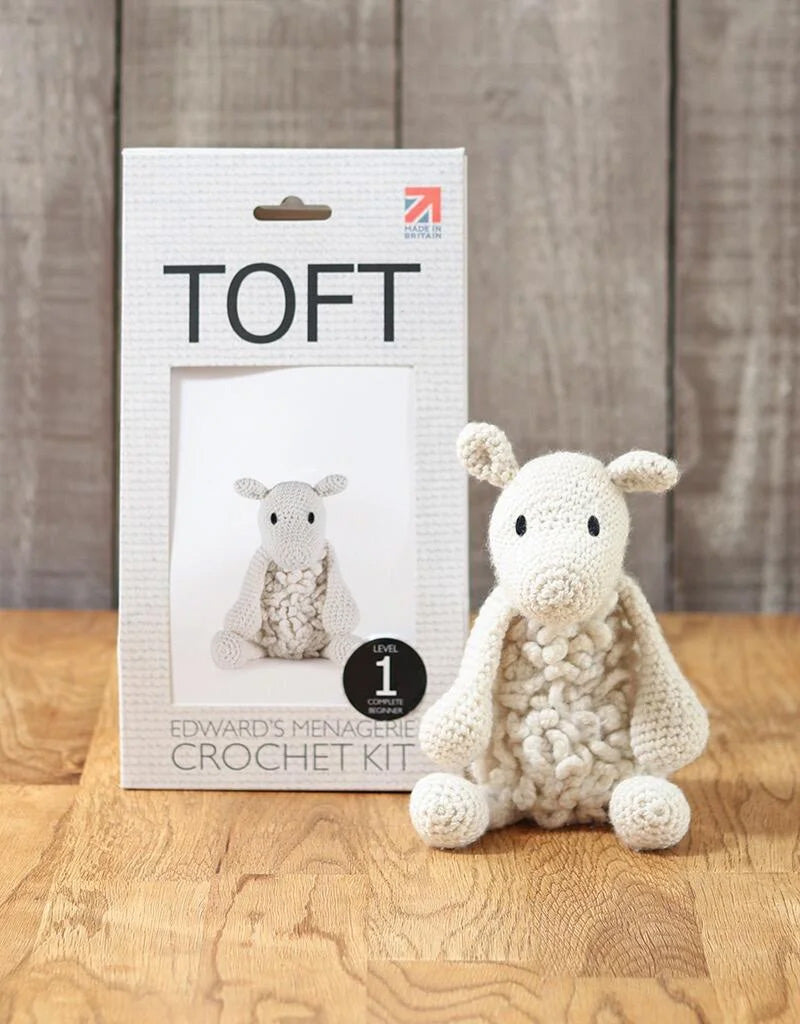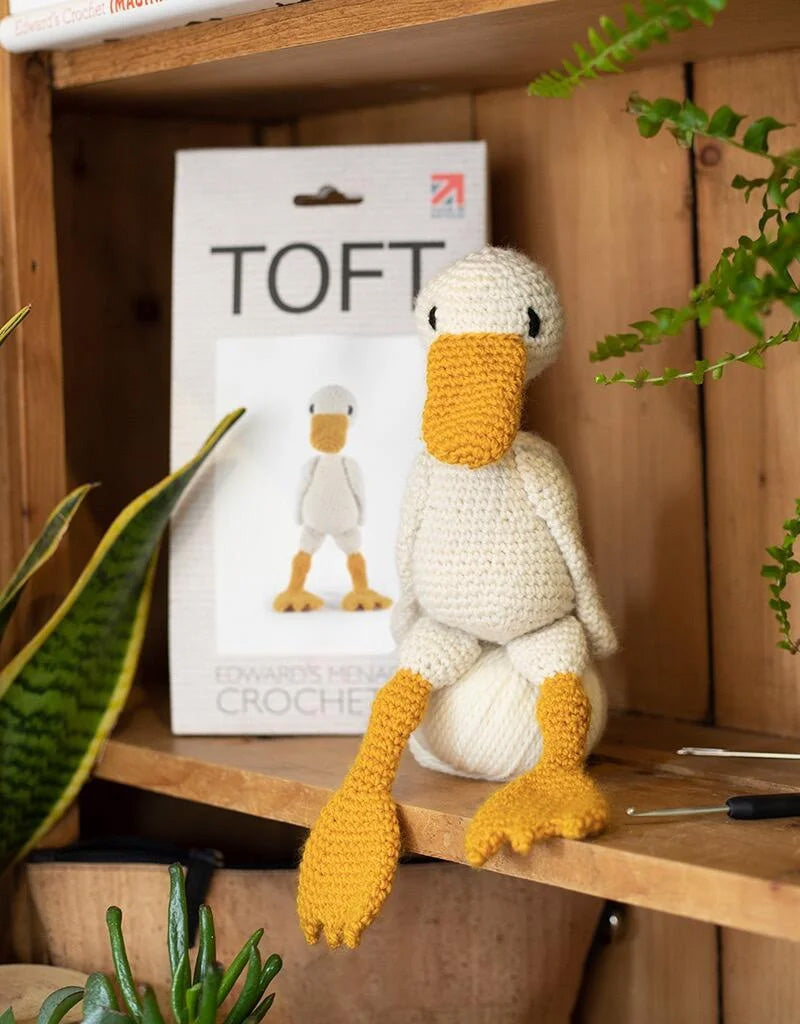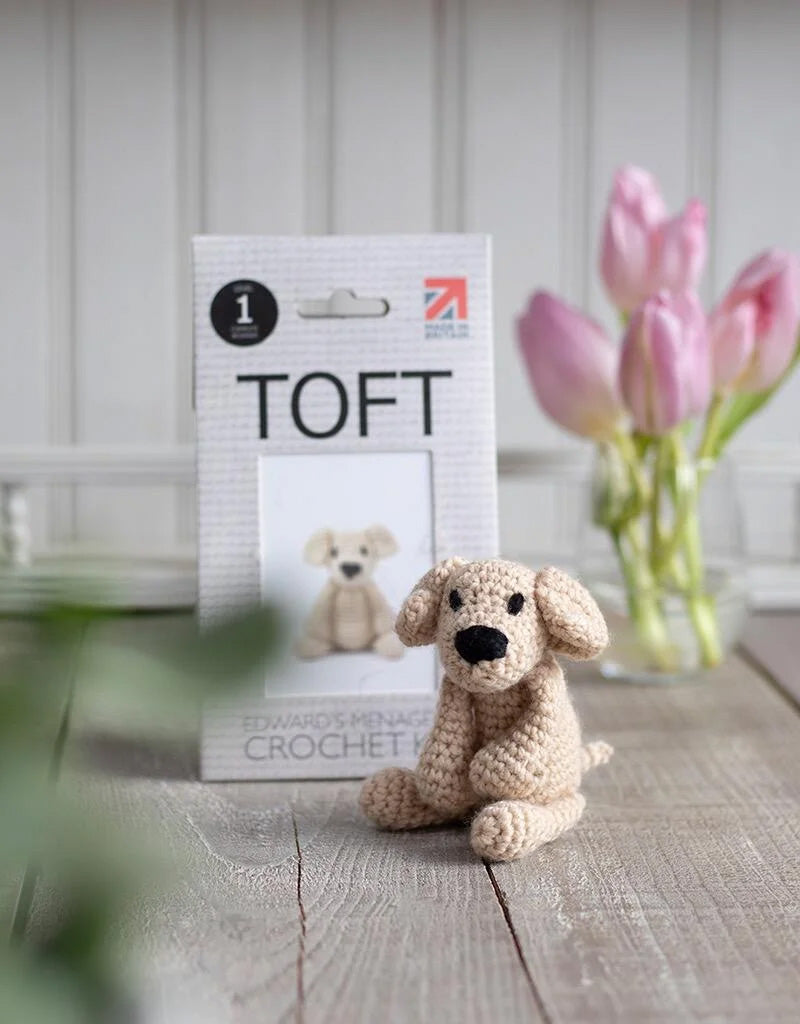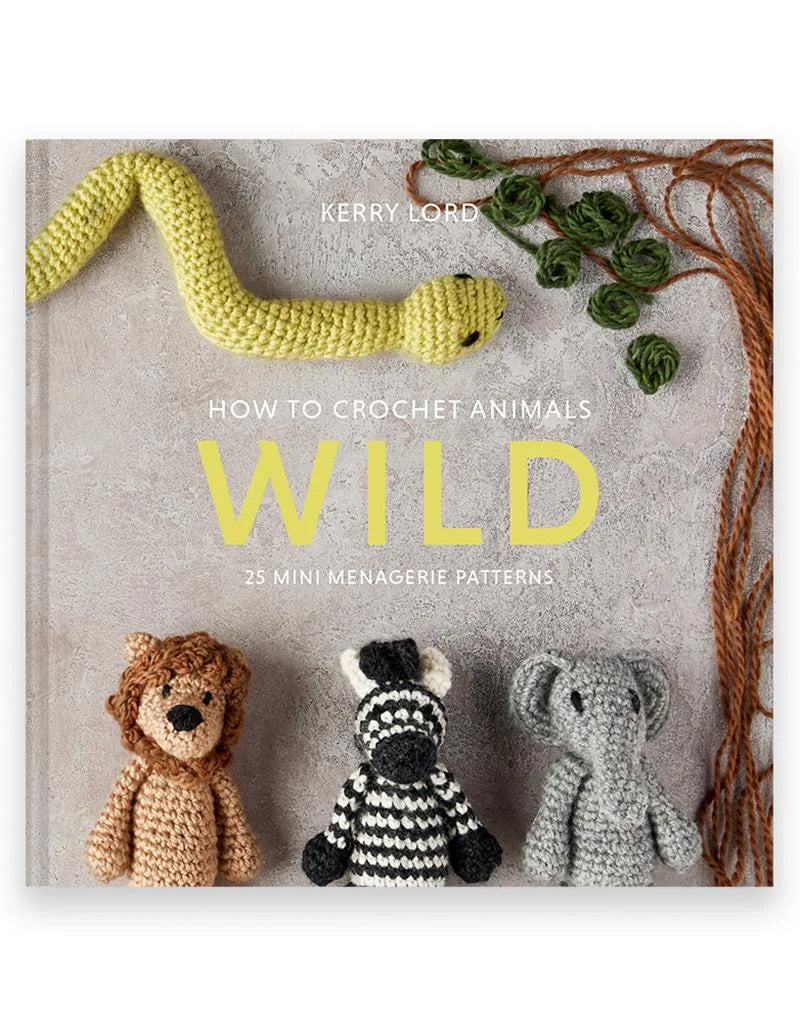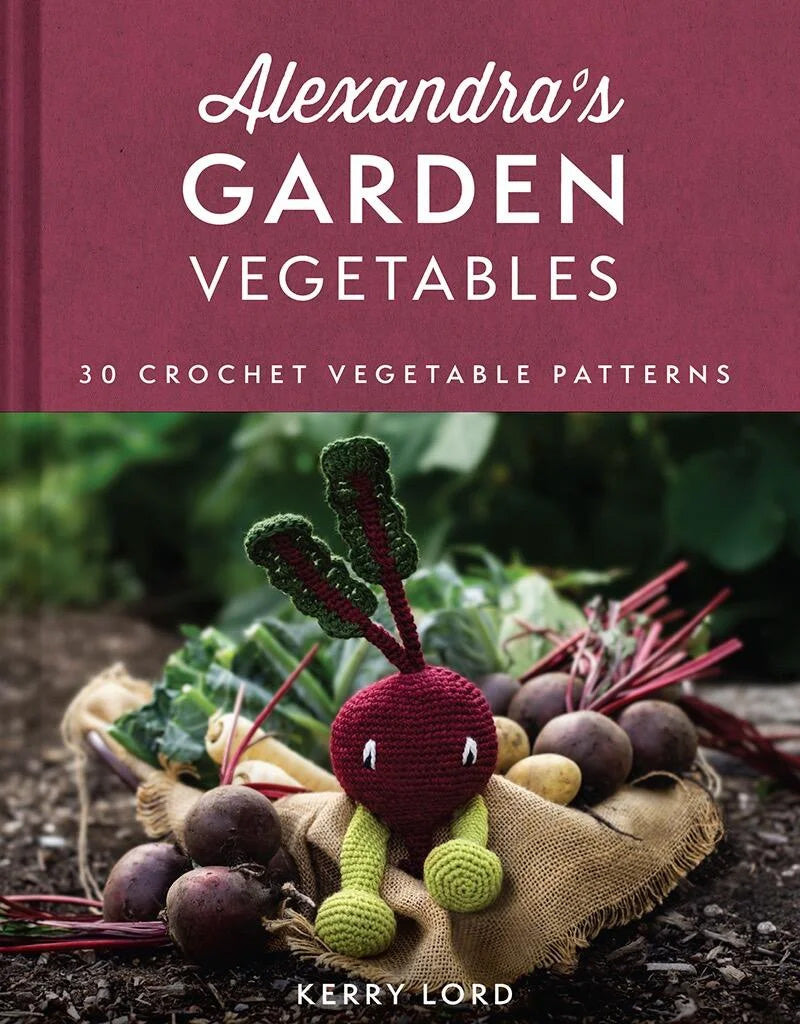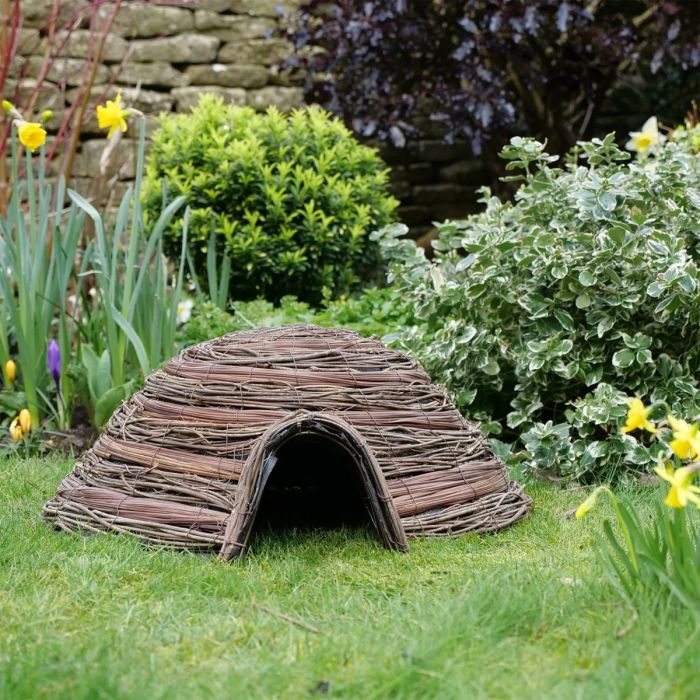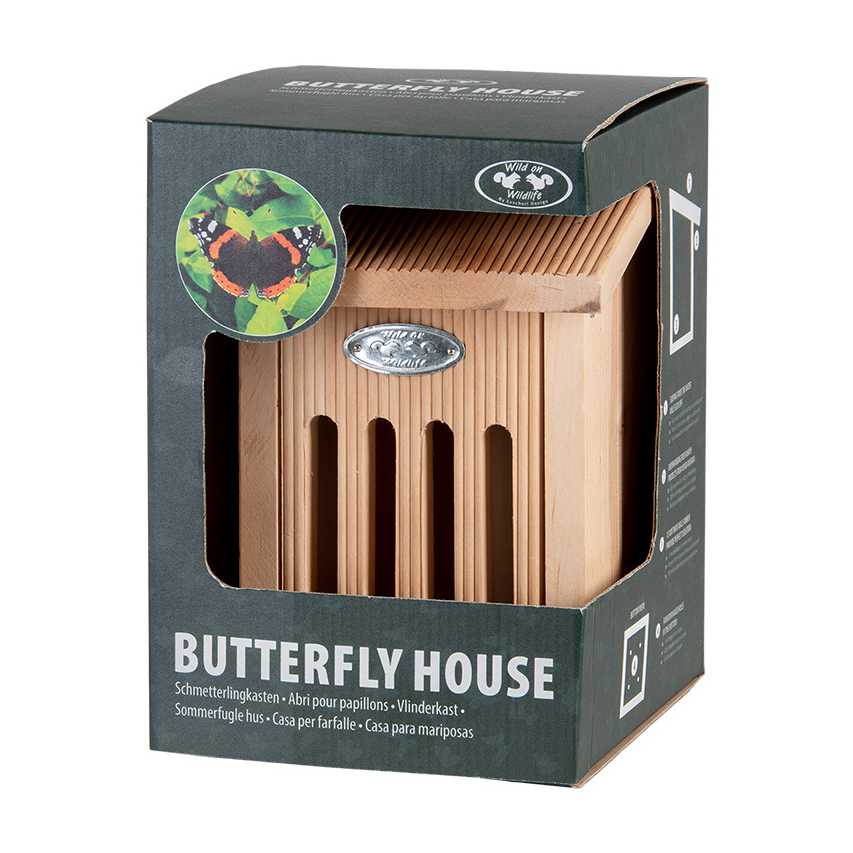Ducks
Ducks in the UK are a common sight in the wild, with many species making their home in various habitats across the country. From the vibrant plumage of the Mallard to the distinctive beak of the Shoveler, these waterfowl play a crucial role in the ecosystem. However, some species are endangered and protected, making conservation efforts essential to ensure their survival.
One of the most fascinating aspects of ducks is their migration patterns. Many species of ducks in the UK are migratory, traveling thousands of miles each year to find suitable nesting grounds and food sources. These journeys are not without risks, as ducks must navigate obstacles such as predators, weather conditions, and human development.
When it comes to nesting, ducks are known for their resourcefulness. They build their nests in a variety of locations, from reed beds to grassy meadows, using materials such as twigs, leaves, and feathers to create a cozy environment for their eggs. Once the eggs hatch, the ducklings are precocial, meaning they are able to feed themselves shortly after birth.
One of the most striking features of ducks is their plumage. From the iridescent greens and blues of the Teal to the striking black and white markings of the Eider, ducks come in a wide range of colours and patterns. These vibrant feathers not only help ducks attract mates but also provide insulation and protection from the elements.
The beak of a duck is a versatile tool, used for everything from foraging for food to preening their feathers. Different species of ducks have adapted their beaks to suit their specific diets, whether it be dabbling for vegetation or diving for fish. Some ducks even have serrated edges on their beaks to help them filter out small insects and crustaceans from the water.
Speaking of diet, ducks are omnivores, meaning they eat a variety of foods including plants, insects, and small fish. They have a unique digestive system that allows them to extract nutrients from a wide range of sources, making them well-suited to their diverse habitats. Ducks are also known to forage in groups, using their numbers to increase their chances of finding food.
Feathers are another important aspect of a duck’s anatomy. These waterproof coverings help keep ducks warm and dry, allowing them to swim and dive without getting waterlogged. Feathers also play a role in communication, with ducks using displays such as fluffing their feathers or shaking their wings to signal aggression or submission.
In conclusion, ducks in the UK are fascinating creatures that play a vital role in the ecosystem. From their diverse habitats to their striking plumage, these waterfowl are a joy to observe in the wild. By learning more about ducks and supporting conservation efforts, we can help ensure that these beautiful birds continue to thrive for generations to come.
One of the most fascinating aspects of ducks is their migration patterns. Many species of ducks in the UK are migratory, traveling thousands of miles each year to find suitable nesting grounds and food sources. These journeys are not without risks, as ducks must navigate obstacles such as predators, weather conditions, and human development.
When it comes to nesting, ducks are known for their resourcefulness. They build their nests in a variety of locations, from reed beds to grassy meadows, using materials such as twigs, leaves, and feathers to create a cozy environment for their eggs. Once the eggs hatch, the ducklings are precocial, meaning they are able to feed themselves shortly after birth.
One of the most striking features of ducks is their plumage. From the iridescent greens and blues of the Teal to the striking black and white markings of the Eider, ducks come in a wide range of colours and patterns. These vibrant feathers not only help ducks attract mates but also provide insulation and protection from the elements.
The beak of a duck is a versatile tool, used for everything from foraging for food to preening their feathers. Different species of ducks have adapted their beaks to suit their specific diets, whether it be dabbling for vegetation or diving for fish. Some ducks even have serrated edges on their beaks to help them filter out small insects and crustaceans from the water.
Speaking of diet, ducks are omnivores, meaning they eat a variety of foods including plants, insects, and small fish. They have a unique digestive system that allows them to extract nutrients from a wide range of sources, making them well-suited to their diverse habitats. Ducks are also known to forage in groups, using their numbers to increase their chances of finding food.
Feathers are another important aspect of a duck’s anatomy. These waterproof coverings help keep ducks warm and dry, allowing them to swim and dive without getting waterlogged. Feathers also play a role in communication, with ducks using displays such as fluffing their feathers or shaking their wings to signal aggression or submission.
In conclusion, ducks in the UK are fascinating creatures that play a vital role in the ecosystem. From their diverse habitats to their striking plumage, these waterfowl are a joy to observe in the wild. By learning more about ducks and supporting conservation efforts, we can help ensure that these beautiful birds continue to thrive for generations to come.
